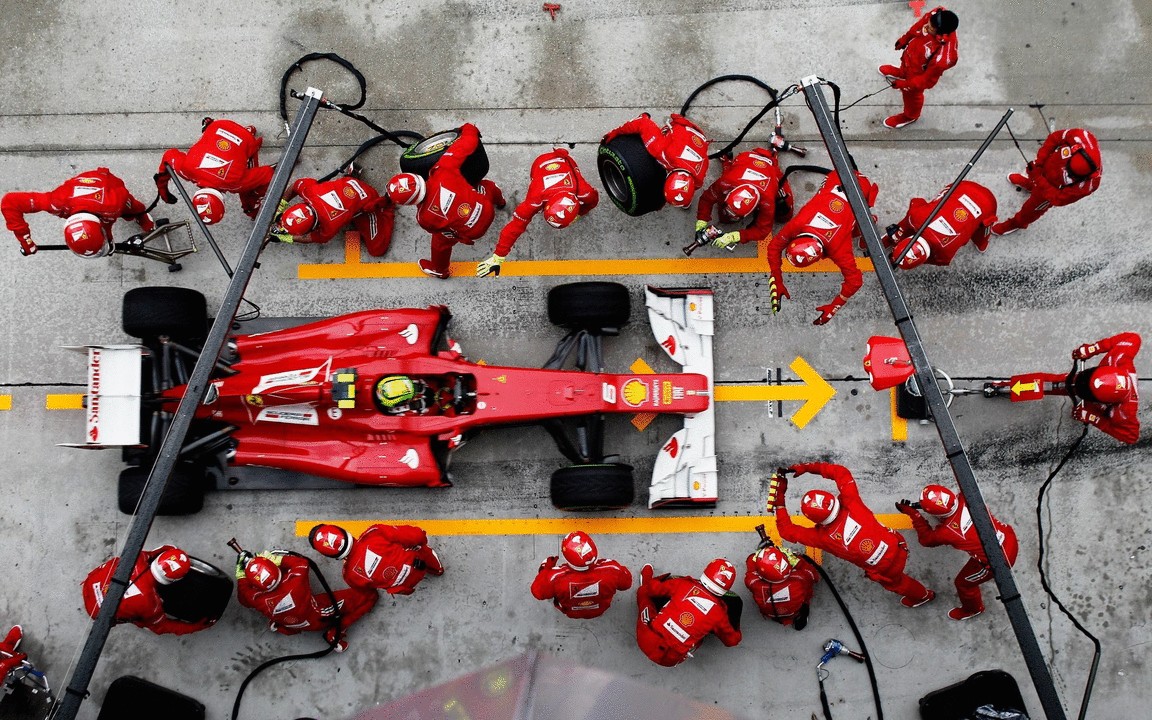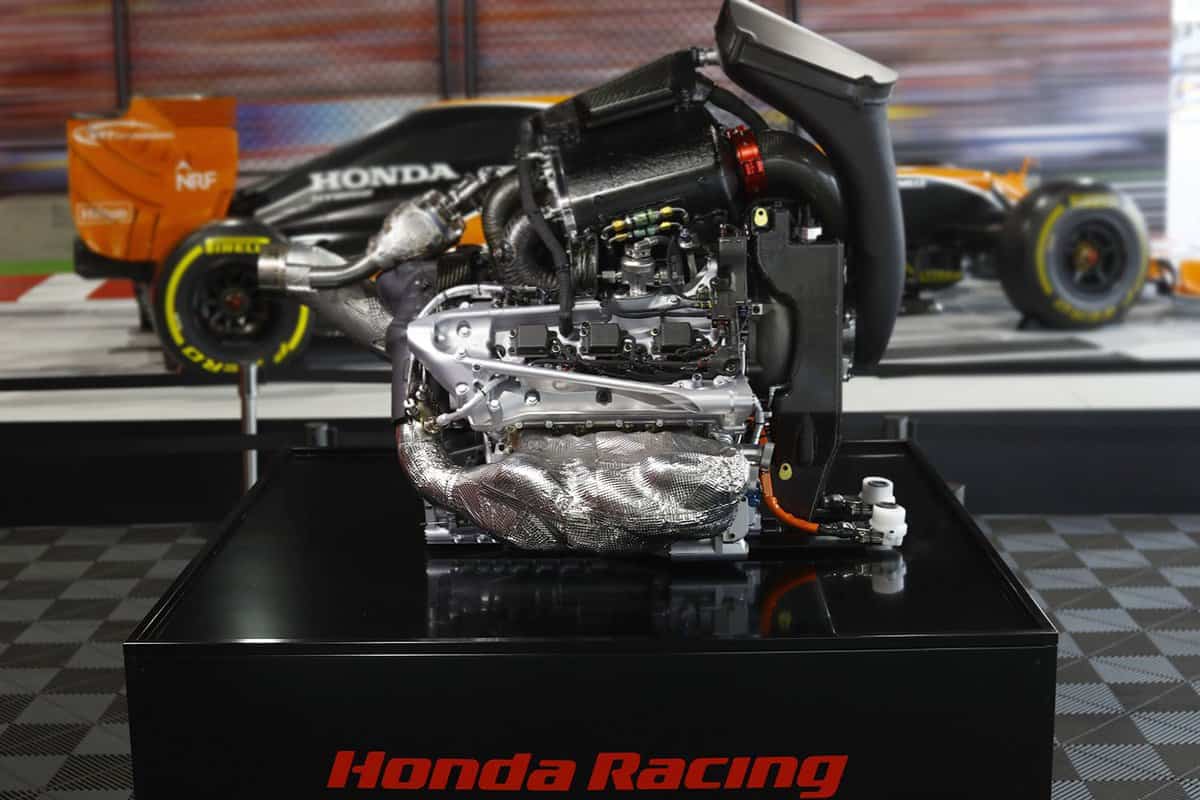
There is a lot of money to be made in this sport and there are a lot of teams that pit their cars every weekend. Some of those teams might make more money than other ones and this is what makes the whole thing exciting for all involved. The pit crew has a job, and it is a very important job. It is responsible for cleaning up after the car once it is gone from the track. They also change the oil and other fluids in the car and make sure everything looks nice for the viewing fans while the race is going on.
Pit crews get paid based off of the number of laps they finish during a race. If they do a good job, they will not only get paid, but they will make a nice down payment for a home in the Bahamas or wherever they might want to go. This is very important, because this is where most of the money comes from. Sometimes the team has sponsors that pay them, but often times they have to pay for their own equipment and materials. That means they are often left with very little if any money to actually get paid.
These days you have to really wonder just how much do F1 pit crews get paid? Well, you know that they have to pay for their own safety equipment, but you also have to wonder if they are getting paid fairly or if they are just scamming the viewers and the teams. There are a lot of great websites that allow you to sign up and post your questions for the pit crew to answer. Often times these pit crew websites are full of information and tips that the teams and drivers can use to pit their cars the best way possible to get the most money possible.
Are f1 cars AWD?
Are F1 cars always AWD? This is an interesting question to ask, because while the general conception of an AWD is that it’s designed to be faster than stock cars on a level that makes them nearly as quick as a Lamborghini Diablo or Ferrari LaFerrari, the reality is somewhat different. First off, in order to truly understand what AWD is all about you have to understand how stock vehicles work. Essentially, when a car speeds down the road it’s using aerodynamic vents and air vents in the wheelwells to push air into the airbox, which then pushes that air out to the back of the car, where it’s mixed with engine exhaust gases in a very effective manner.
Basically, when a F1 car races at the track, those vents and airflows created at the back of the cars actually slow the vehicle’s airflow by up to 40 percent. With this said, the question is do these F1 cars always accelerate better than stock vehicles? The answer in most cases is no. Not only is the airflow not flowing as freely through these vent holes as it is in a typical stock vehicle, but even when they do create enough air flow the air has nowhere to go, creating drag on the body of the car which greatly decelerates the vehicle without any noticeable benefit whatsoever.
As you can probably surmise, manufacturers take note of this problem and actively combat it through the development of more aerodynamic bodywork. Cars today come in various shapes and sizes, so a larger surface area to push air towards the back of the car is always a good idea. This brings us to another important component to the topic – weight. Weight is always a crucial issue in racing and for good reason. It creates an incredible amount of drag when the rear of a car is carrying a load, and if this load is greater than the weight of the car itself then the drag is transferred to the leading edge of the track, causing the cars to lose speed over the course of the race. To combat this problem, nowadays more aerodynamic vehicles are being designed and the weight of the cars themselves is going down, allowing the engines to rev faster and more efficiently.
Why are f1 engines so small?
It is widely accepted that the reason F1 teams struggle to win races is because the rules are very difficult to follow and track is also very hard and there are a lot of little things to remember. In most cases, these little details have proved to be the undoing of some top class drivers, who have been able to win races only because they were astute enough to know how to work around these problems. Indeed, this is exactly why we see so many top class drivers fail to score in the races, whilst others manage to score plenty of points.
There is no real explanation as to why the engines are so small in the races, although some have suggested that it may be due to the cost of the car, especially if you are using the new V8 engines. Some of the other suggestions include reduced air flow, reduced cooling vents or maybe even higher pressure to allow for the increased weight of the engine. All these ideas may be right, but all of them have one big question – why are F1 engines so small? In fact, the answer might not be so simple. One of the biggest rule changes, introduced just recently was the removal of two fuel tanks from the engine of the cars, which are now known as ‘exhaust gases’ and instead of it being passed through the waste gasses, it is burnt away.
The reduction in fuel consumption actually lowered the amount of horsepower that the engine could provide, as well as reducing the pressure of the air. As a result of this, the valve springs were changed and now there are two separate openings in the engine – one for the air and fuel mixture. This has caused the height of the engine to decrease, as the air cannot pass through the valve spring at low pressures, and this has reduced the amount of energy that the engine is able to generate. All of this has had an effect on why F1 engines are so small.

